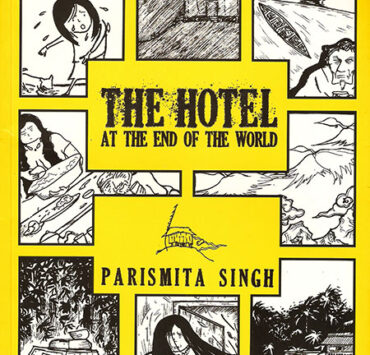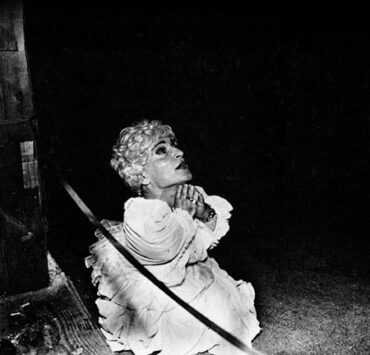Some books are lovable for the comfort of familiarity that they evoke rather than a scintillating literary genius. You don’t marvel at the intricacies of the plot or admire the originality of voice or the unique unearthing of layers of the human psyche. You don’t hail it as the new obsession, you don’t make it your signature conversation-starter for days to come.
Namita Devidayal’s Aftertaste is about the subtle lingering of flavours and truths, that faint sensation of reliving a taste or a scar long after the thing that caused it is gone. In effect, the entire adult lives of the characters in the book become an aftertaste of their childhood—vague, pervasive, slightly numbed but persistent—the taste buds unable to let go of past bitterness and insecurities, unable to help colouring every new taste with an instinctive unpleasantness born of years of acid reflux.

Aftertaste book cover.
As stories go, it’s nothing very original; yet another story of the great Indian family and its meandering politics and histrionics. There is the matriarch Mummyji sitting on a veritable fortune spawning from a mithai shop, her existence permeated by the cloying smell of sugar-drenched bank notes. She controls her four children like a puppet master—some through deception, some through affection, and some through sheer domination. On Diwali day, as the family prepares for the annual gathering, Mummyji suffers a stroke and the twin forces of greed and avarice wreak havoc on her survivors.
As her children fight for her wealth, the truth of the legacy she’s leaving behind dawns on Mummyji, and she sees with an unprecedented clarity the lessons of life she has fed her children—and its lingering aftertaste. Luckily, most of these happy truths dawn on her children at the same time and, with her death, they all begin a shiny-happy existence with no misunderstandings, bitterness, acidity remaining in any of their interpersonal relationships. The greedy one realises the emptiness of her existence, the spineless one gets conviction in her own beliefs, the meek sufferer becomes a lion and the unfaithful one goes back to his wife. Curtains, please.
There are flaws, yes. The characters are too one-dimensional to be believable after a point. I am not saying the portrayal of their actions or thoughts are unrealistic—on the contrary, the author has etched them intricately, like perfect snapshots capturing a community, a generation, an era. But, unfortunately, that’s what they remain as—perfectly composed snapshots. The single dimension that is displayed is perfect—but it’s not 3-D. They don’t come out of the book and speak to you; they don’t tell you about anything beyond the surface that you instantly identify with. While the descriptions of their outward ways are perfect, their personalities and souls remain hidden to us. We only know about what they do—and even that is only in context of a certain point that the author wants to make—and never what they really feel beyond the clichéd thoughts expected of anyone exhibiting similar behaviour. Too much of the book is on the surface, too much of it is too simplistic and predictable.
I also disliked the sudden spurts of Indianisation in an otherwise normal English narrative, with that silly—and at the same time rather patronising—literal translation of vernacular expressions. What is the point of saying “round-round earrings” and “big-big houses”? It does not bring about any sense of identification with the characters, it just creates a vague sense of irritation. Another recurring problem with so many modern Indian authors is that need for introducing elements of bad sex, whether the theme calls for it or not. No one wants to know how a middle-aged Gujarati couple copulates. We imagine it is how the rest of the world does so.
However, like I said, the book is about something else. It’s about connecting with familiar images and ideas, familiar places, and a well-known storyline that keeps coming up in the lives of people we see around us. The descriptions are compelling and the sense of empathy with the characters is strong, one-dimensional though they might be. Above all, the book triumphs in capturing the delicate strands of places, people, and things that weave that comfortable familiarity. Aftertaste is a subtle, nuanced, reflective journey into the colour—indeed flavour—of mithai, money, and Mumbai. Go ahead, devour the delicacy.
[Random House India; ISBN 978-81-8400-108-2]







